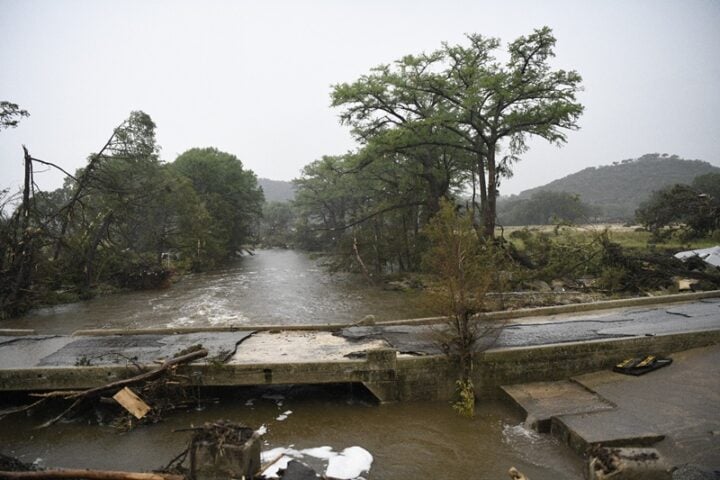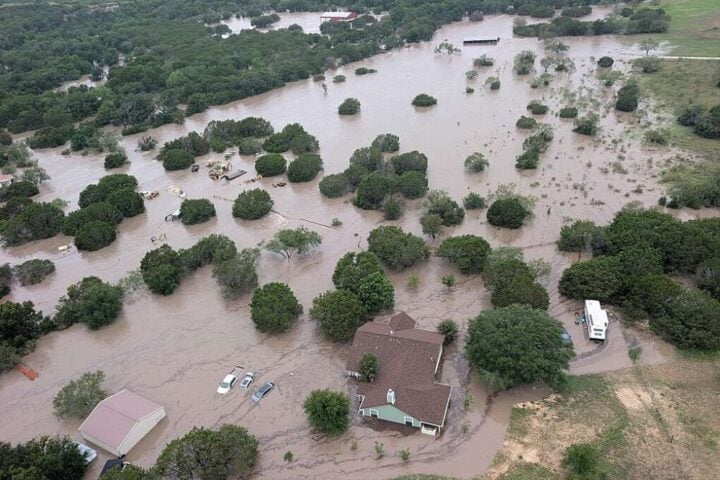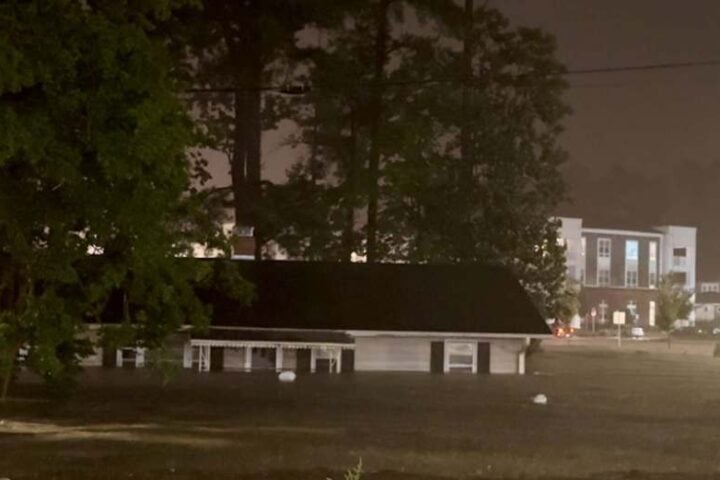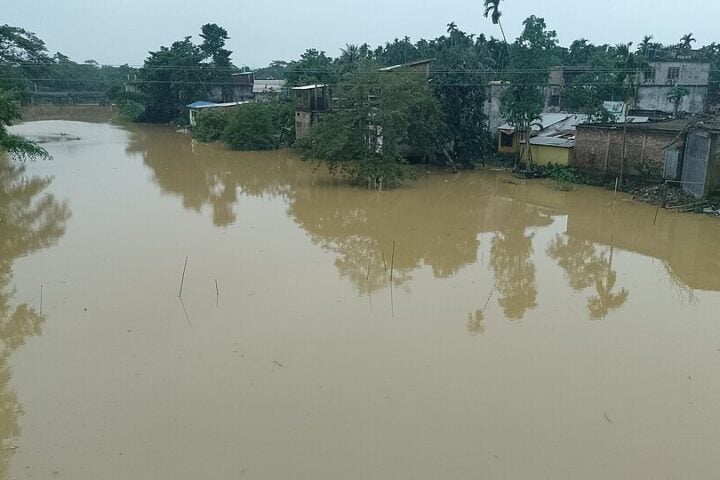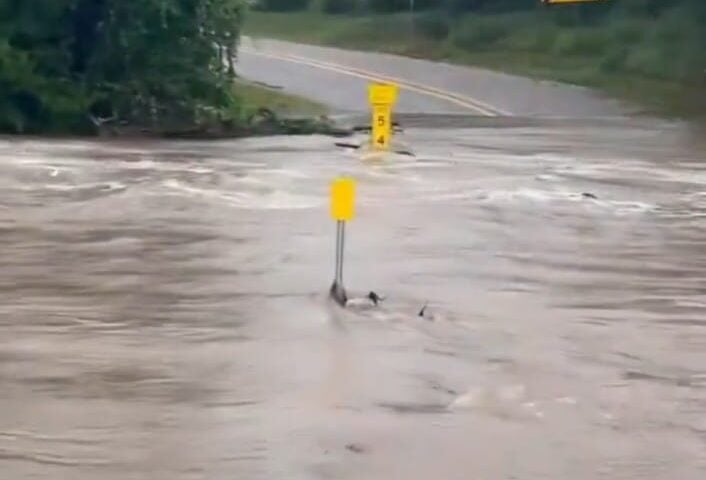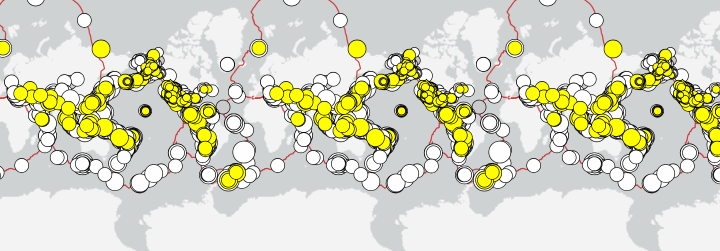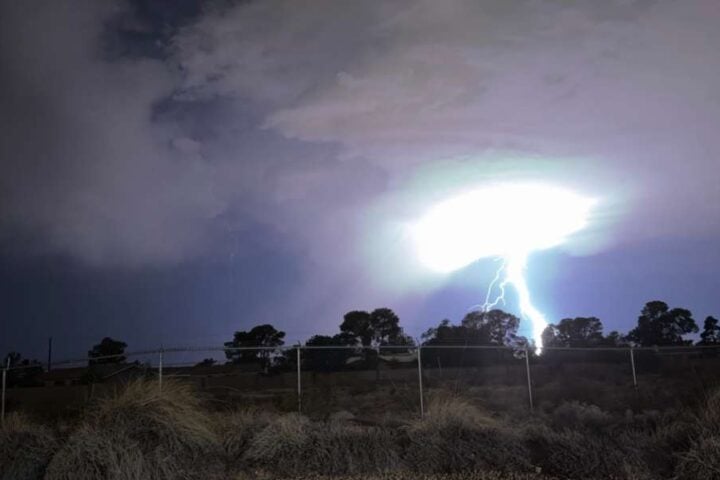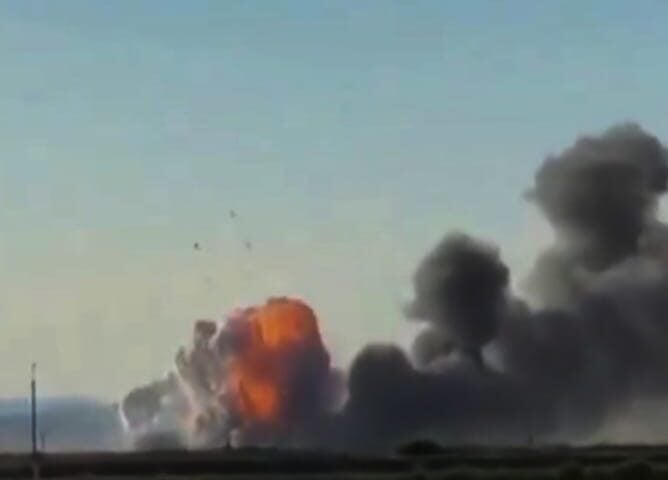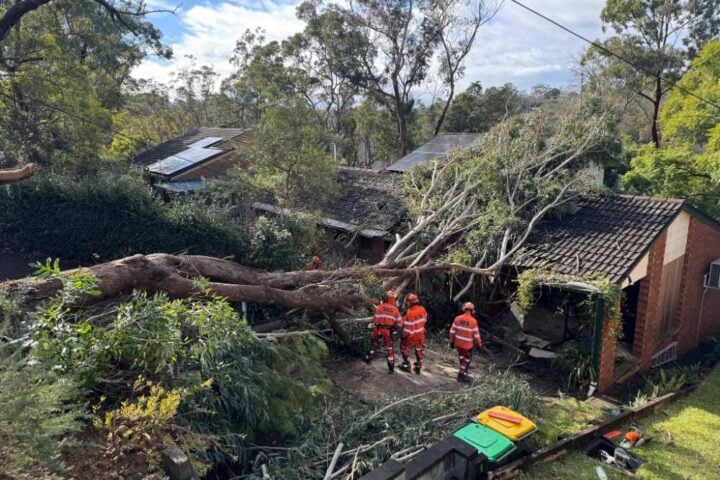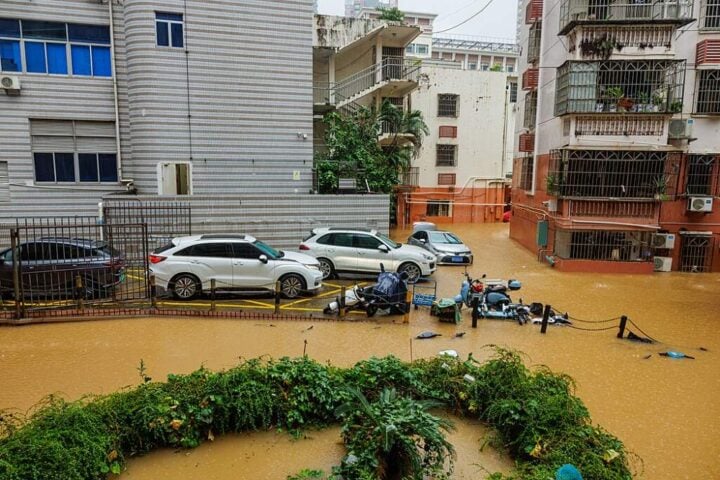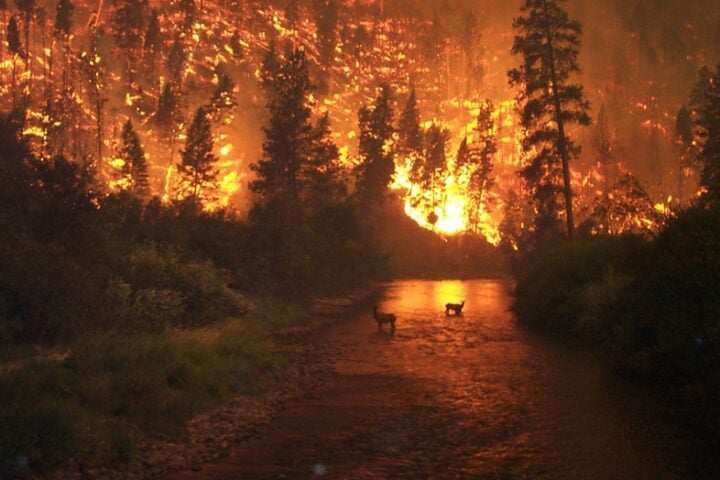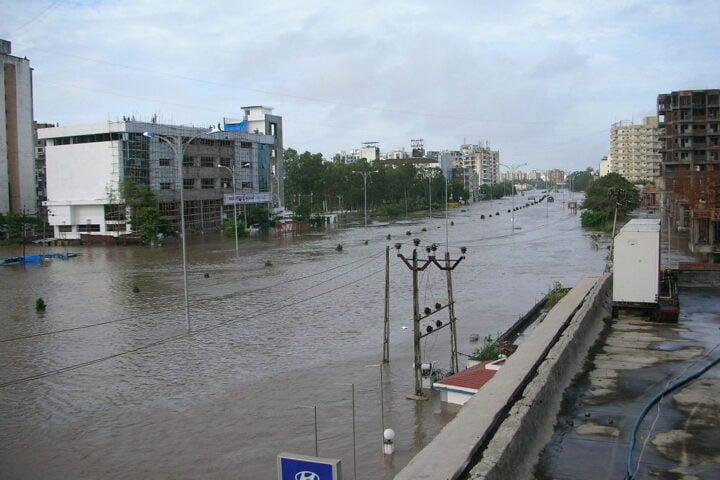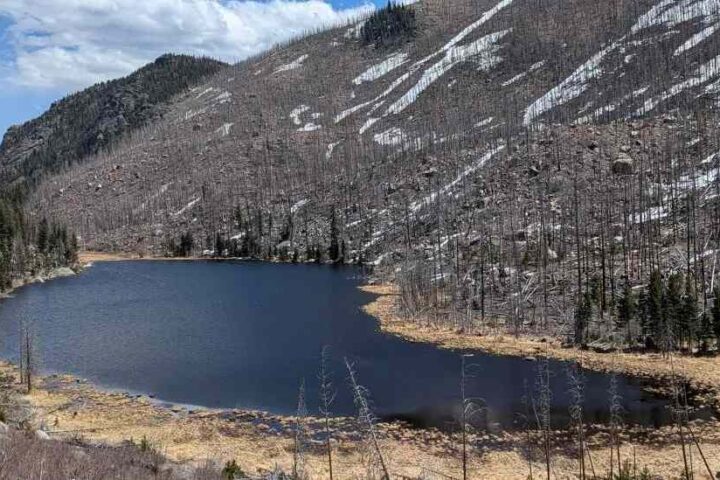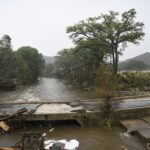Oregon’s wildfire season was marked by two major conflagrations. Near Eugene, in the Willamette National Forest, the Bedrock Fire burst into life, quickly turning 12,200 acres into charred remains by August 3. The Forest Service reported a growth rate of about 1,000 acres per day, prompting closures of forest areas and unleashing a cloud of smoke that mantled central Oregon.
Smoke wasn’t the sole concern. Air quality in some locales degraded to unhealthy levels due to smoke infiltration. Even the scars of last year’s Cedar Creek Fire, which consumed 127,000 acres, lay starkly revealed beneath the smoke’s thick veil.
Meanwhile, in the Rogue River-Siskiyou National Forest, the Flat Fire charred 29,000 acres, becoming Oregon’s largest wildfire of 2023, though containment stood at 28 percent by early August.
Parallelly, Idaho was grappling with its own fire, the Elkhorn Fire. Originating in the Payette National Forest, this conflagration leaped across the Salmon River, carving a destructive path through the Nez Perce-Clearwater National Forest. Ranches were not spared; multiple structures were destroyed, testifying to the fire’s voracious appetite.
Similar Post
Satellite images from NASA’s Terra and Landsat 9 captured the stark reality of these fires. One could observe the smoke tucked into the valleys along the Salmon River and the Bedrock Fire smoldering in Oregon.
Nonetheless, the story of 2023’s fire season was its unusual quietude. Just 1.2 million acres had burned by August 3, a sharp contrast to the 10-year average of 3.8 million acres. Factors contributing to this anomaly included above-average precipitation and significant winter snowpack in the Southwest.
However, experts warn that such a respite might be fleeting. As the planet warms, extended periods of drier conditions are likely to increase the propensity for wildfires. The resultant threats are multifaceted – not only do fires ravage ecosystems and infrastructure, but the accompanying smoke also exacerbates respiratory issues in sensitive individuals.
Indeed, as we take stock of the 2023 fire season, the lessons are clear. While proactive measures and favorable weather can offer temporary respite, the overarching influence of a warming climate cannot be discounted. An understanding of this complex nexus will be crucial in shaping future wildfire mitigation strategies.



